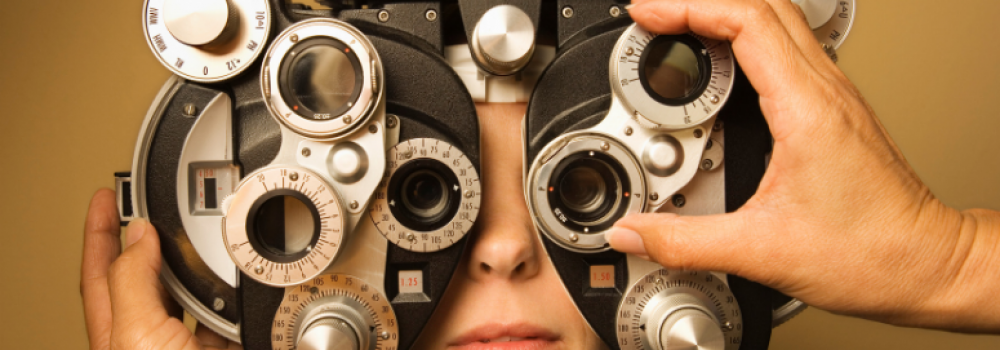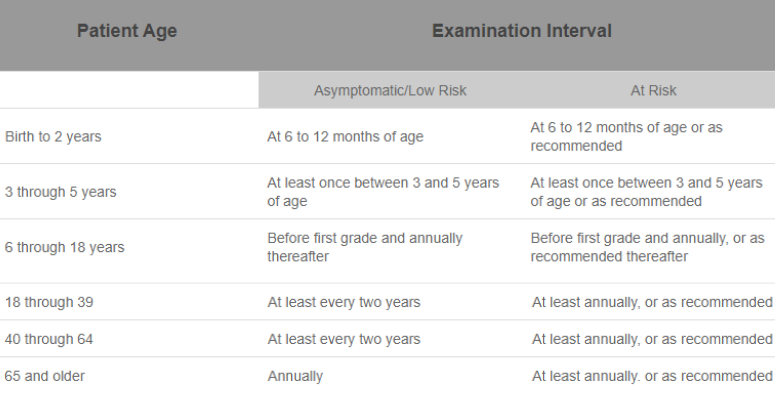
When should you get your eyes checked and how often?
Let’s face it, sight is one of the five important senses in our daily lives. So, of course, one of the questions we should be asking is when we should take our family and ourselves in. There are so many critical variables when it comes to our eyesight that you want to make sure you have the correct information on the risk factors and what you should be looking for to know when it’s time to go in for a check-up.
Babies
When babies are born it takes about 8 weeks to more easily focus their attention on what is going on around them and track moving objects. If your baby has eyes that seem to wander or cross, it’s totally normal, so don’t worry! However, if an eye seems to turn in or out constantly you may want to call your local ophthalmologist.
School-aged Kids
This is by no means an exhaustive list, but these are usually good indications that you should talk to your child about their vision and take them in for a checkup:
- Rubbing their eyes and squinting when they are trying to look at you or reading material
- Covering one eye when watching a show or focusing on a task.
- An eye turning in or out
- Constantly losing their place when reading
Schedule an Eye Exam Today!
Your child’s hand-eye coordination can play a big role in telling if their vision is off or not. Especially if your child plays sports! Pay attention to how they are hitting the ball or If they are swinging late every time. There are a number of vision therapy options that can correct many vision problems so glasses or contact lenses may not even be needed!
*The American Optometric Association (also known as the AOA) recommends “Your child should receive an eye examination every year, or more frequently if specific problems or risk factors exist, or if recommended by your eye doctor.”
Adults
Once we hit the ages between 19 and 40, we enjoy fairly healthy eyes and pretty great vision. It’s something that we can usually count on as long as we protect our eyes from visual stress and injury by wearing eye protection. This would be a great excuse to go out and get yourself a nice new pair (or a few) of sunglasses too. If you start seeing “floaters” in your field of vision or sudden blurry vision in one eye, then it’s time to go in for an eye checkup! Also, a quick call into your ophthalmologist to get advice is always recommended when you aren’t sure what to do. It’s always best to get direct information from the experts before trying to find the answers on your own- especially when it comes to your eyesight!
*The American Optometric Association recommends that adults aged 19 to 40 receive an eye exam at least every two years. If you are at risk for eye problems due to a family history of eye disease, diabetes, high blood pressure or past vision problems, your doctor of optometry may recommend more frequent exams.
The Eye Exam Chart
With all of that to say, this is a chart directly from the American Optometric Association that summarizes when you and your family should be going in to get check-ups:
As long as you keep watch on your children’s habits and making sure you and your family have a healthy lifestyle, you should be able prevent any minor vision issues from becoming major. Another important thing to remember to do is to actually make and keep your appointments, based on the chart above you should have a good idea of when to call in. Keeping up on your eye health and making it a priority will help you keep your vision for years to come.
When is the last time
you’ve had your eyes checked?


